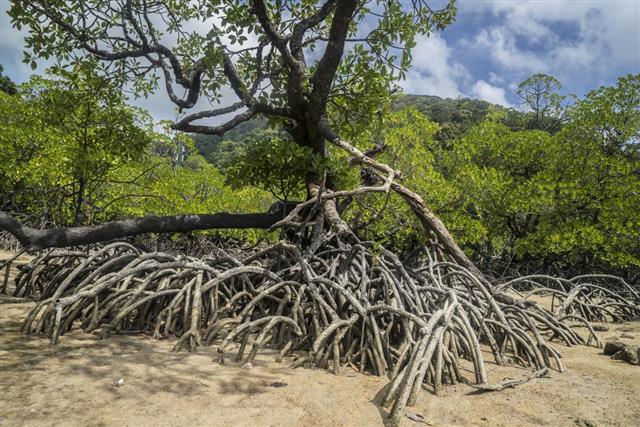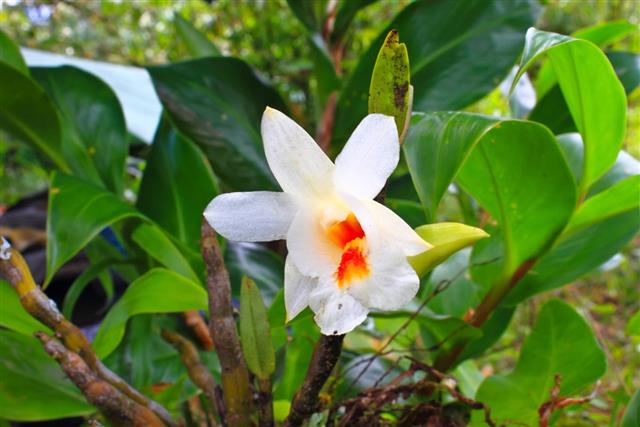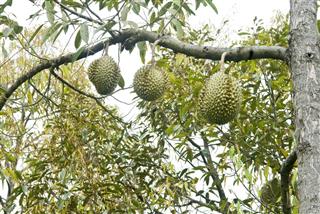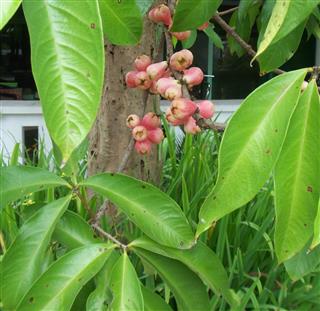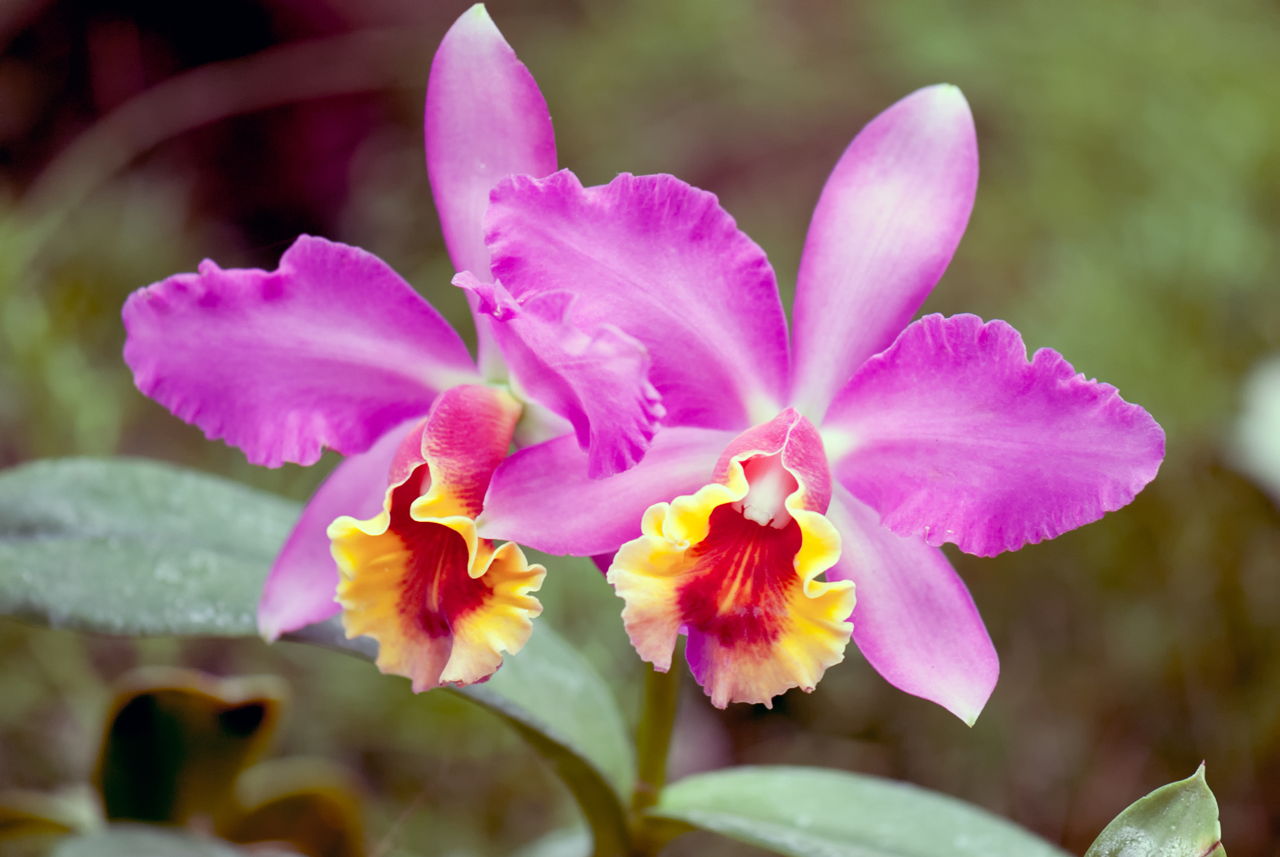
Tropical rainforest plants represent the richest biodiversity, as compared to plants of other biomes. Adapted at different heights, studying about tropical rainforest plant life is an interesting topic for avid environmentalists.
The tropical rainforest is spread along the equatorial zone, including parts of Asia, Africa, Australia, and America. This biome is characterized by warm climate, humid condition, and heavy rainfall, which are essential factors for supporting rainforest plants. There are a variety of plants that have different growth habits and special adaptive features.
Plant Adaptations
The occurrence of highly diverse life forms in the tropical rainforest biome is basically due to the near extreme environmental factors. In short, the tropical rainforest climate is suited for a wide range of plant and animal species. Also, it is one of the oldest places that remains undisturbed by natural calamities. Its specialty lies in the characteristic features exhibited by the plant species, as a means of adaptation to their natural habitat.
- Majority of the plants have a smooth and thin bark. This is because, they are already exposed to warm, humid and wet conditions. Thus, the rainforest plants do not need conservation of moisture.
- Based on the plant growth habit, there are four strata in the tropical rainforest biome. Starting from the top, the first is called emergent layer, second is canopy layer, third is understory layer, and the last is forest floor.
- The trees in the emergent layer measure a height of about 100-140 feet, and receive optimal sunlight. They show umbrella growth habit and develop maximum branches in the top portion. These tall trees are adapted for strong winds and exposure to hot conditions.
- The second stratum is the canopy layer of the rainforest, which represents broad-leaved trees of about 90 feet height. They are mostly of evergreen type and form a dense layer just below the emergent trees.
- The understory or lower canopy layer receives minimal light, less air circulation, and very high humidity. Hence, shade loving plants of about 60 feet height grow in this layer.
- The lowest layer is the forest floor, which hardly receives 2 percent light. As a consequence, there is hardly any plant in this layer. Covered by fallen leaves and plant parts, the forest floor is a rich source of humus.
- Another amazing fact is the development of buttresses. These are nothing but ridges formed at the base of large trees, which increase the plant surface area, and serve as supporting structure.
- In addition to buttresses, some huge trees have stilt roots. These again support the plants that have shallow roots.
- In general, the foliage of plants is large, thick, and waxy. These features help them withstand heavy raindrops falling on the leaves. Also, some of the leaves possess ‘drip tips’, which again allow quick draining off the raindrops.
- The liana is a common plant found here. This vine, twines the tall trees and reaches the top height, where it receives sunlight for food production. Likewise, there are orchids and epiphytes that attach to the tall plants at specific heights.
- Irrespective of their height, plants have a shallow root system. This is because, much of the plant nutrients are accumulated in the forest floor and immediately below the soil layer. Hence, they do not need deep penetration for deriving nutrients.
Plants List
Identified as the biome with the richest biodiversity on earth, it is a major source of food and medicine for the global population. As per scientific reports published on the degrading plant biodiversity, several plant species become extinct everyday as a consequence of tropical rainforest deforestation
- Bamboo
- Climbing lianas
- Coconut tree
- Kapok tree
- Tualang
- Bougainvillea
- Jambu
- Rubber tree
- Orchids
- Passion flower
- Fig
- Mangrove
- Curare
- Oak
- Cypress
- Sesame
- Durian
- Cedar
- Carnivorous plant
- Bromeliad
- Pitcher plant
- Pineapple
- Pepper
- Teak
- Rafflesia
In the tropical rainforest’s energy pyramid, the plants (collectively known as producers) are placed at the bottom. The consumers and detritivores directly or indirectly depend on the producers for food.






